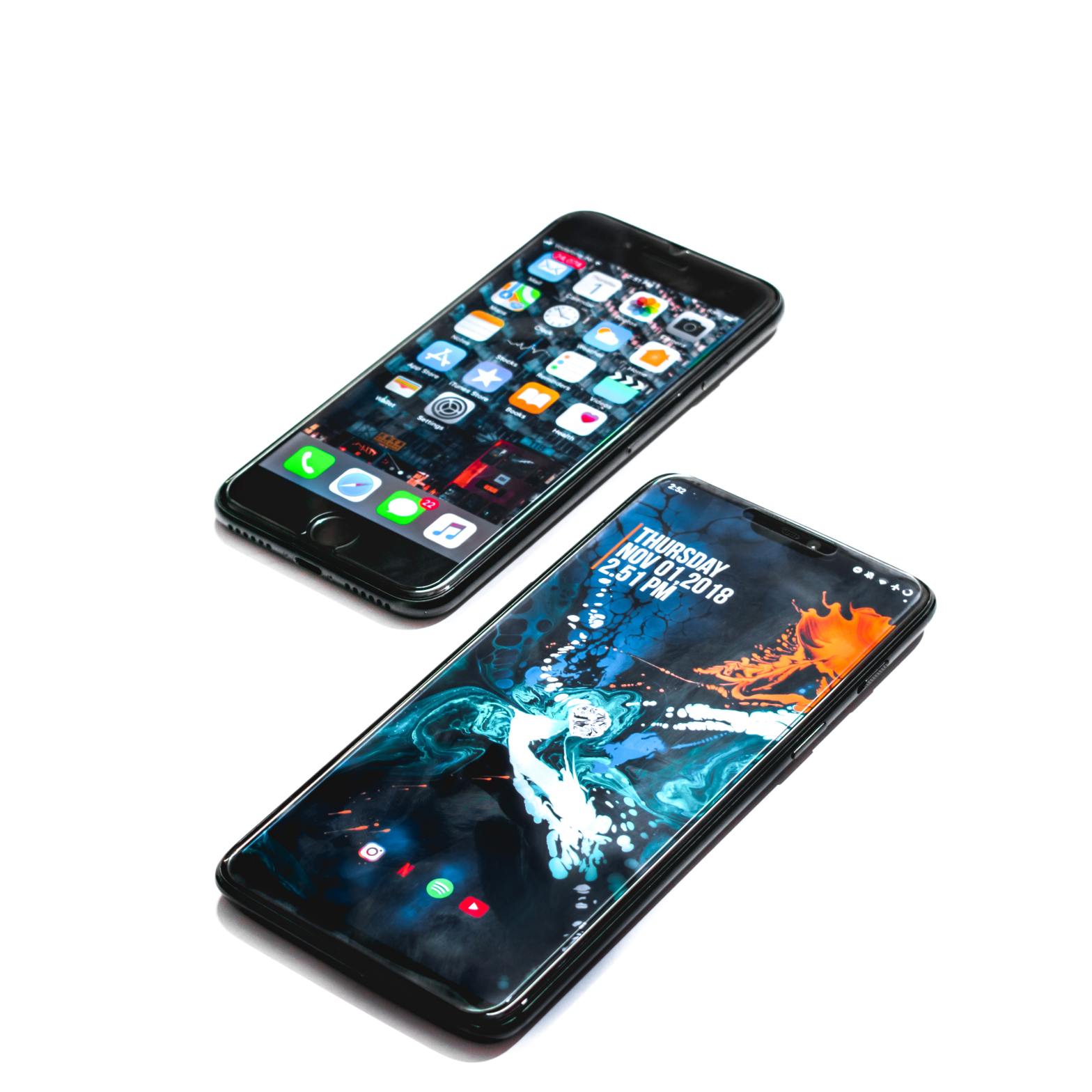The iPhone vs Android war is not over yet. Apple is notorious for releasing its devices first before any other platform. Android on the other hand, despite its early introduction, has been making inroads into the smartphone market.
With millions of Android phones being sold each day, it’s easy to see why the Android platform is the most popular among mobile devices. The iPhone, however, has held its own for a few years now.
Android phones are largely all smartphones. They run on a version of Android OS. While you could always turn to some third-party companies to purchase one of their most advanced phones, anything you get is pretty much guaranteed to be running either one of the two leading mobile operating systems: iOS or Android. Both platforms are very mature at this point, having been around for a decade now. However, they have also both been through massive improvements in their core features and user interface since the initial release.
So which smartphone is better? That depends on a number of factors. The two platforms are roughly similar in terms of features and applications, but they differ in price. This cost difference has been one of the driving forces behind the popularity of iPhones, but now that Android phones are also becoming more affordable, does the iPhone really have a chance in the growing Android landscape?
The answer may surprise you. In many ways, it appears as though the iPhone has been left in the dust by the massive and rapidly growing Android market. For a number of reasons, this seems to be the case. First, Apple has not offered as many applications as some of its competitors.
In comparison to the Android Market, the iPhone doesn’t offer as many applications. Most developers have found it difficult to create an app for the iPhone, and many low-cost apps have been canceled in favor of the Android platform. Apple has also limited the functionality of their ios home screen, which limits the types of features that can be accessed on the home screen.
Most android phones can allow you to download apps that are compatible with the platform. On the iPhone, you can only download apps that are compatible with the Apple brand, meaning most apps that work on the iPhone won’t work on most other smartphones.
Developers looking to create applications for both iPhone and Android devices will likely find it easier to develop for one platform than the other. Apple has always been notorious for making their applications more tightly integrated with their hardware, meaning that third-party developers have had to work extremely hard to make their programs compatible with the hardware of each new version of iPhone and iPad. With the Android mobile operating system, however, this is not necessary.
Users who prefer to use widgets on their phones will find the iPhone’s user interface, far more intuitive and easy to use than Android. The Android user interface, while fast and having a large selection of applications, is not always easy to navigate.
In terms of overall usability, there isn’t really much of a difference between the iPhone and the Android smartphones. They both provide excellent user experiences, as they are both very intuitive and feature-rich. The only real difference here is that each one is designed specifically to run on a certain operating system. Apple has created the Apple ecosystem, which basically means that all of their devices run on the Apple iOS system, including the iPod Touch, iPhone, and iPad. Android users, meanwhile, have access to the Android Market, which basically means that any smartphone can run on the popular Android ecosystem.
